5 native plants to forage in New Zealand (and how to benefit from them)
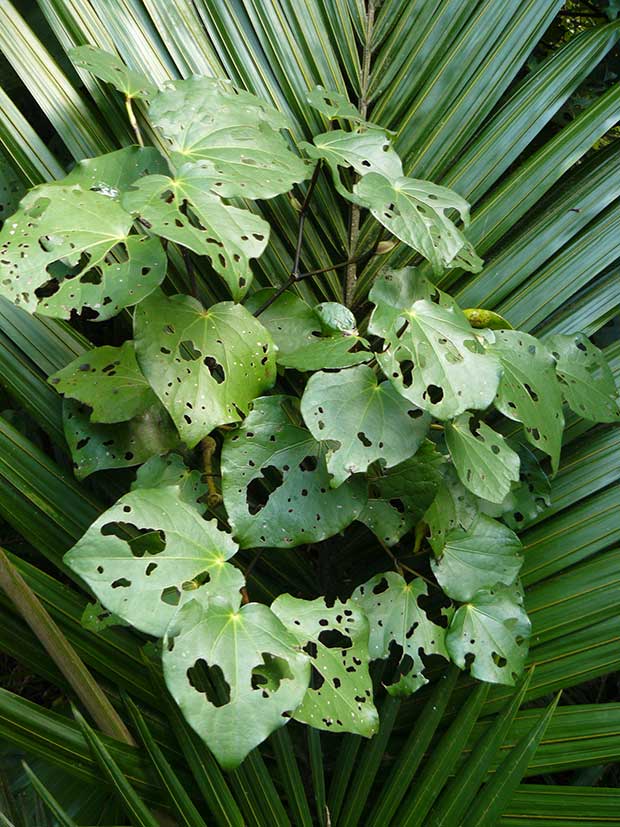
The Kawakawa Lopper caterpillar makes lace work of leaves.
These native plants will reward you with health-giving properties (if you know where to look for them).
Words and Photos: Kristina Jensen
KŌTUKUTUKU
(Fuchsia excorticata)
The kōtukutuku is the best-known tree fuchsia in the world and is common throughout New Zealand. Unfortunately, possums love it and have demolished them in many locations.
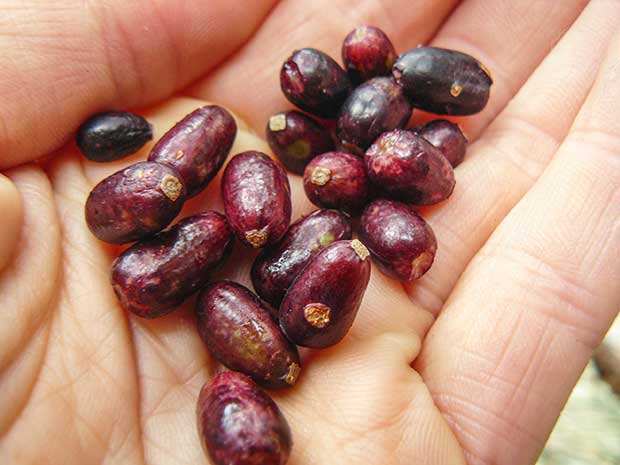
The berries are known to Māori as kōnini and are the pick of New Zealand’s wild fruit. Eat them straight from the tree or add them to a muffin or cake mixture, or to a smoothie.
When to pick: January
Where to look: forest margins throughout New Zealand
Look out for: a tree with loose, papery bark, narrow leaves that are silvery white underneath and tiny purplish-black berries hiding among the foliage.
HOROPITO
(Pseudowintera colorata)
This small tree is sometimes called ‘bush pepper’ due to its spicy, zesty flavour.
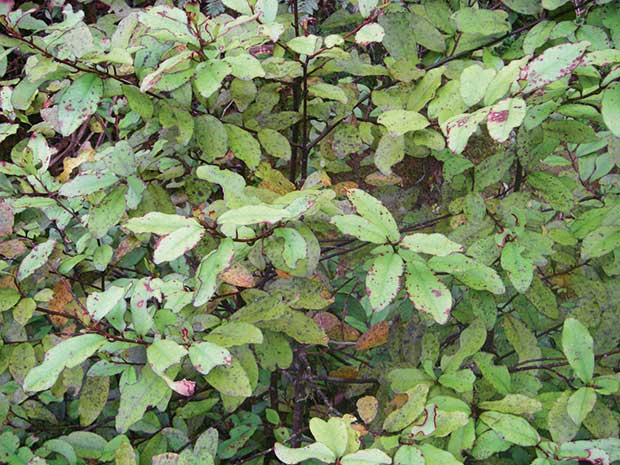
When to pick: year round
Where to look: forest margins
Look out for: horopito leaves vary from grey to light green and have distinctive red blotches;n the small shrub grows up to 8m high in the right conditions
Medicinal uses: Māori used liquid brewed from the leaves for treating skin complaints, thrush, stomach aches, fungal infections and diarrhoea.
KAREAO
(Ripogonum scandens)
Commonly known as supplejack, kareao translates as ‘twisted rope’. The young tips are delicious steamed and taste like asparagus.
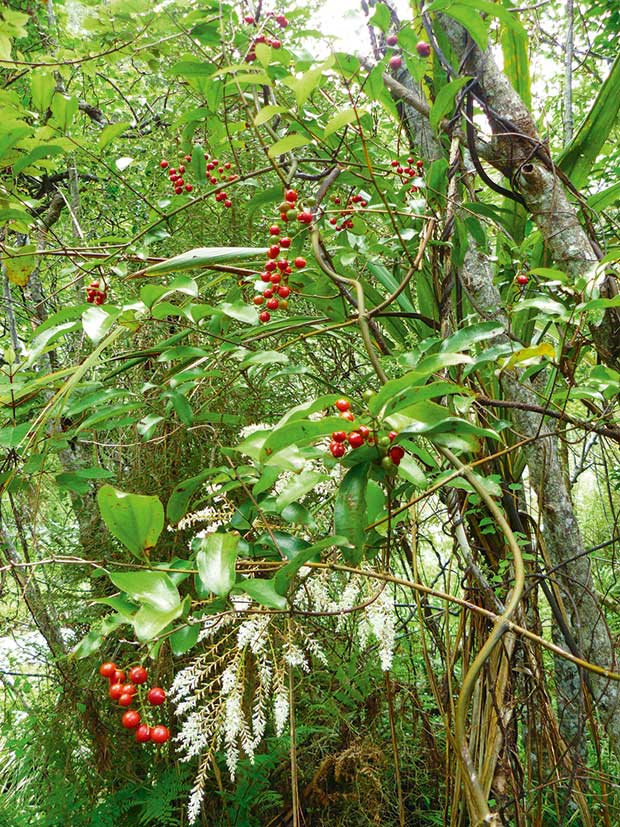
Unfortunately, possums, deer and goats also love them, so they are often hard to find.
When to pick: year round, but mainly in spring and summer
Where to look: established native forest
Look out for: this vine spends much of its time snaking through the undergrowth, creating an almost impenetrable labyrinth.
TĀTARAMOA
(Rubus schmidelioides)
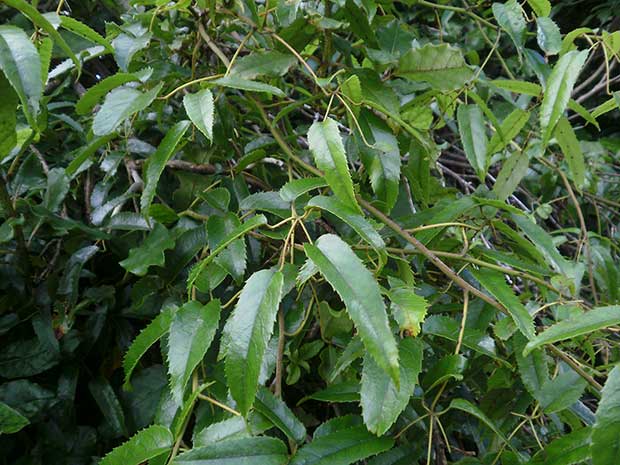
Photo: Wiki Commons/Rudolph89
These tiny yellow-to-claret native berries can be used to make cordial, added to muffins and apple pies, or sprinkled on cereal with yoghurt.
When to pick: January to late summer
Where to look: forest margins, likes sunlit slopes
Look out for: a climbing vine with backward-pointing prickles on the stems.
KAWAKAWA
(Macropiper excelsum)
A native shrub found along coastal cliffs, dunes and lowland forests, kawakawa is a traditional Māori medicine, reputed to ease toothache, purify the blood and ease digestion.
When to pick: leaves all year round; orange finger-like fruits ripen in March
Where to look: forest margins, likes partial shade
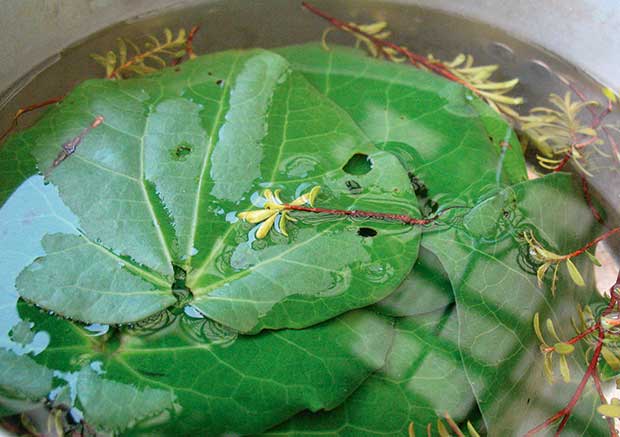
Look out for: low-growing shrub with heart-shaped leaves and stalks that resemble bamboo
Make kawakawa tea
To make a refreshing cup of kawakawa tea, pick a handful of the fresh leaves and simmer gently for 10 minutes.
The warm buzz it provides, similar to the effect of cloves, is partly due to the oils present in kawakawa.
MORE HERE:

